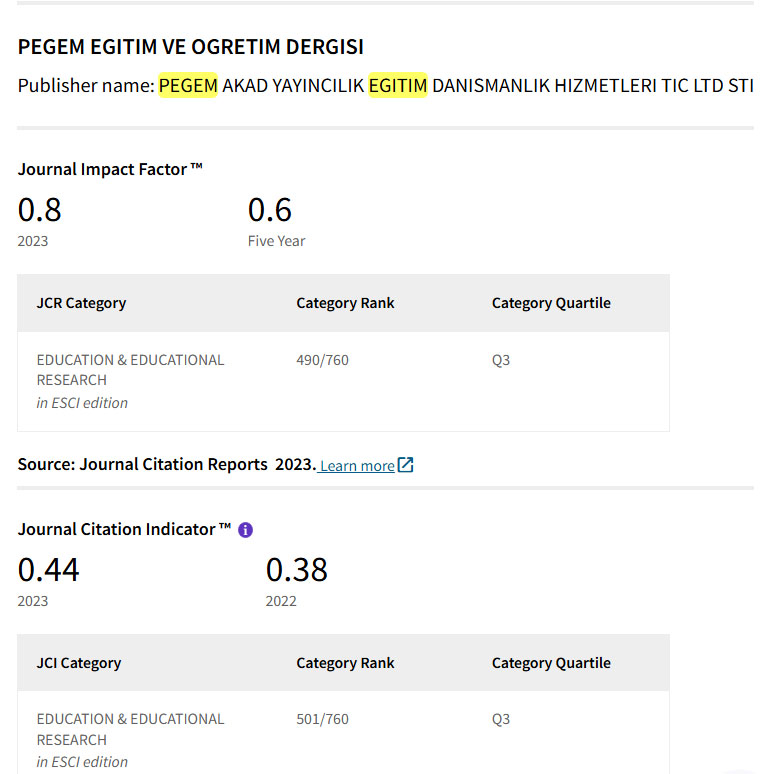Rural Tourism in Razavi Khorasan Province: Challenges, Opportunities, and Strategic Planning Solutions for Sustainable Development
Keywords:
Strategic planning, rural tourism, sustainable development, environmental management, Razavi Khorasan.Abstract
This study aims to develop a strategic planning model for rural tourism management in Razavi Khorasan Province based on sustainable development. Rural tourism, as a tool for sustainable development, plays an important role in improving the economic and social conditions of rural communities. For the sustainable development of rural tourism, comprehensive and systematic planning is required that considers all dimensions and aspects. This planning must be carried out with the participation of all stakeholders, including local communities, tourists, the private sector, and government entities. Environmental protection and preservation of the cultural and social authenticity of rural communities are fundamental principles of sustainable rural tourism development. This study, through a thorough review of strategic planning literature in rural tourism and the development of a suitable model for Razavi Khorasan Province, seeks to provide solutions for the sustainable development of rural tourism in this region. The statistical population included tourism experts and residents of 59 villages with tourism potential in Razavi Khorasan Province. Using Cochran’s formula, 384 individuals were selected as the sample. Data were collected via a researcher-made questionnaire and analyzed using SPSS and PLS software. Findings showed that economic components have the greatest impact on sustainable rural tourism. There is also a significant positive relationship between tourist security and environmental protection, as well as between tourist motivations and locals’ adherence to local customs. The results led to the presentation of a strategic management model for rural tourism emphasizing sustainable development.
Downloads
References
.
Additional Files
Published
How to Cite
Issue
Section
License

This work is licensed under a Creative Commons Attribution-NonCommercial 4.0 International License.
Attribution — You must give appropriate credit, provide a link to the license, and indicate if changes were made. You may do so in any reasonable manner, but not in any way that suggests the licensor endorses you or your use.
NonCommercial — You may not use the material for commercial purposes.
No additional restrictions — You may not apply legal terms or technological measures that legally restrict others from doing anything the license permits.



